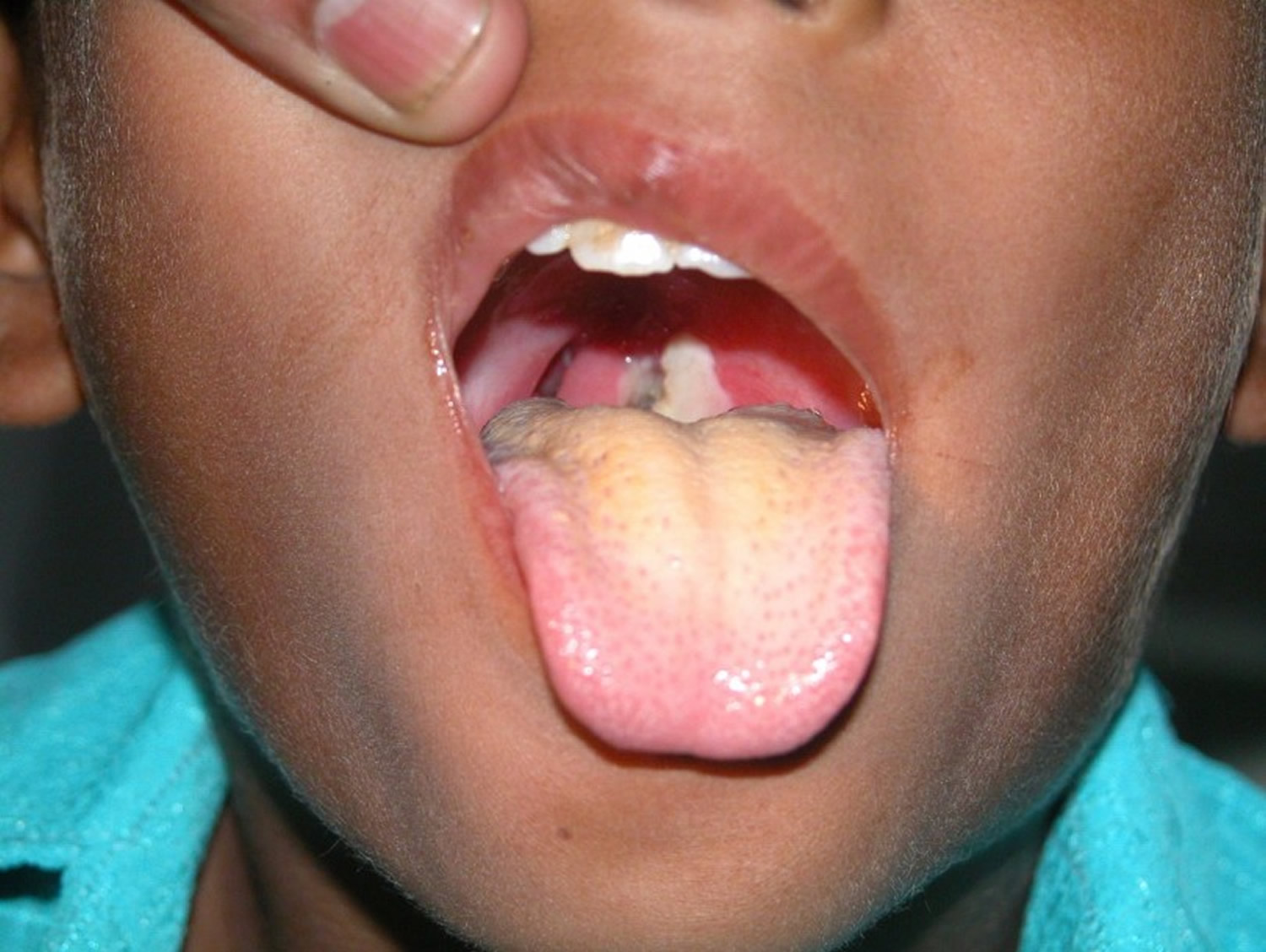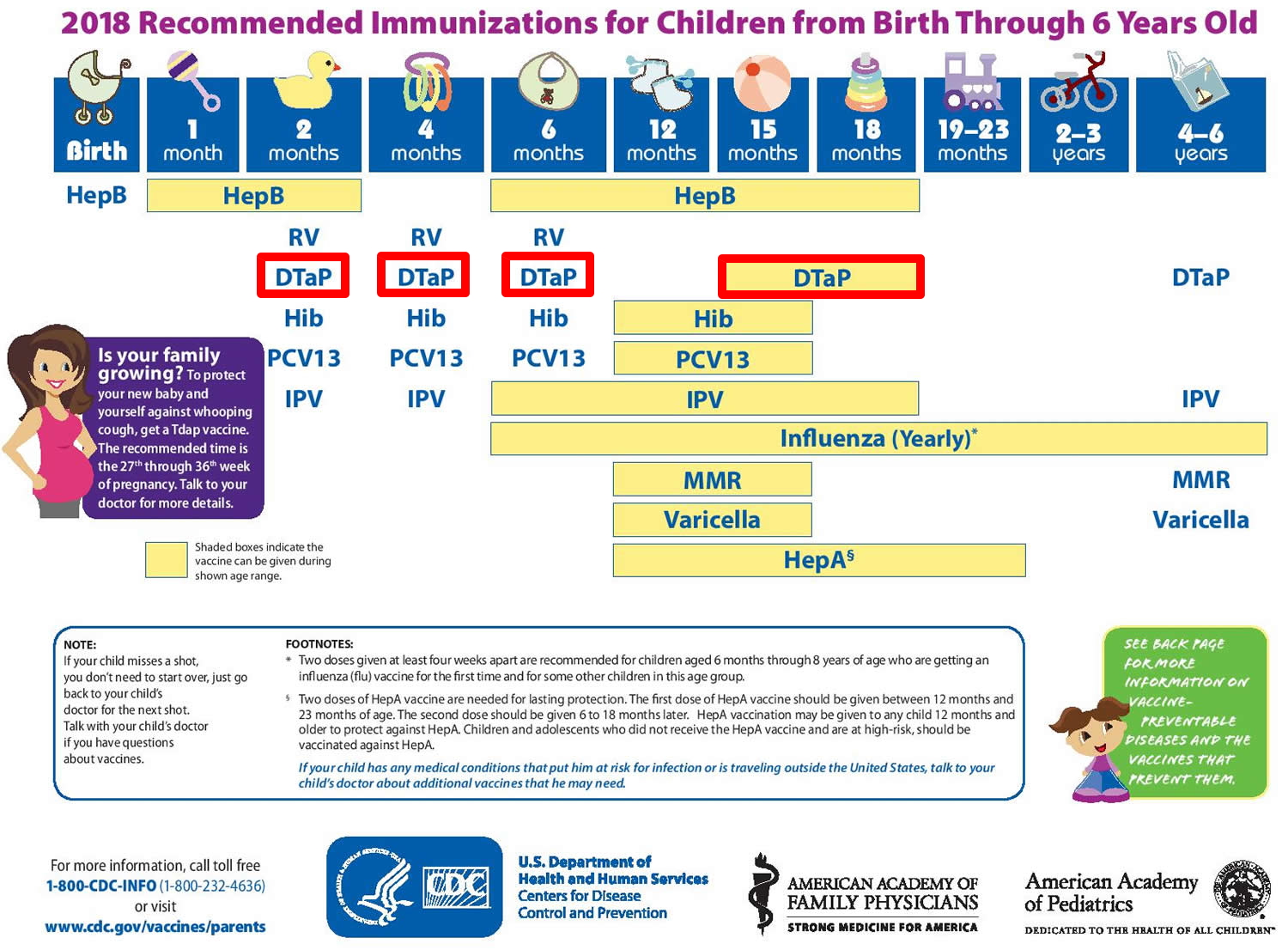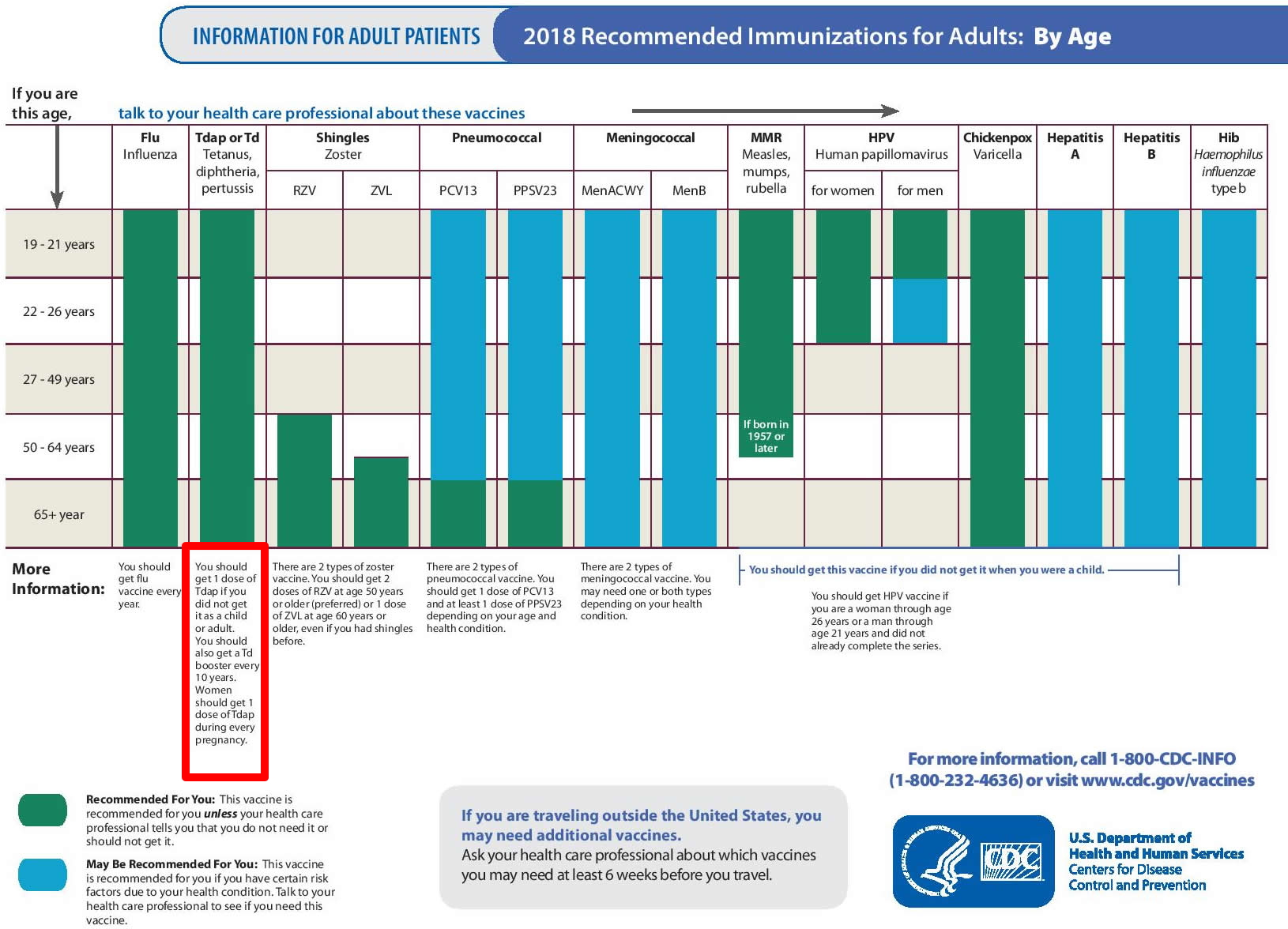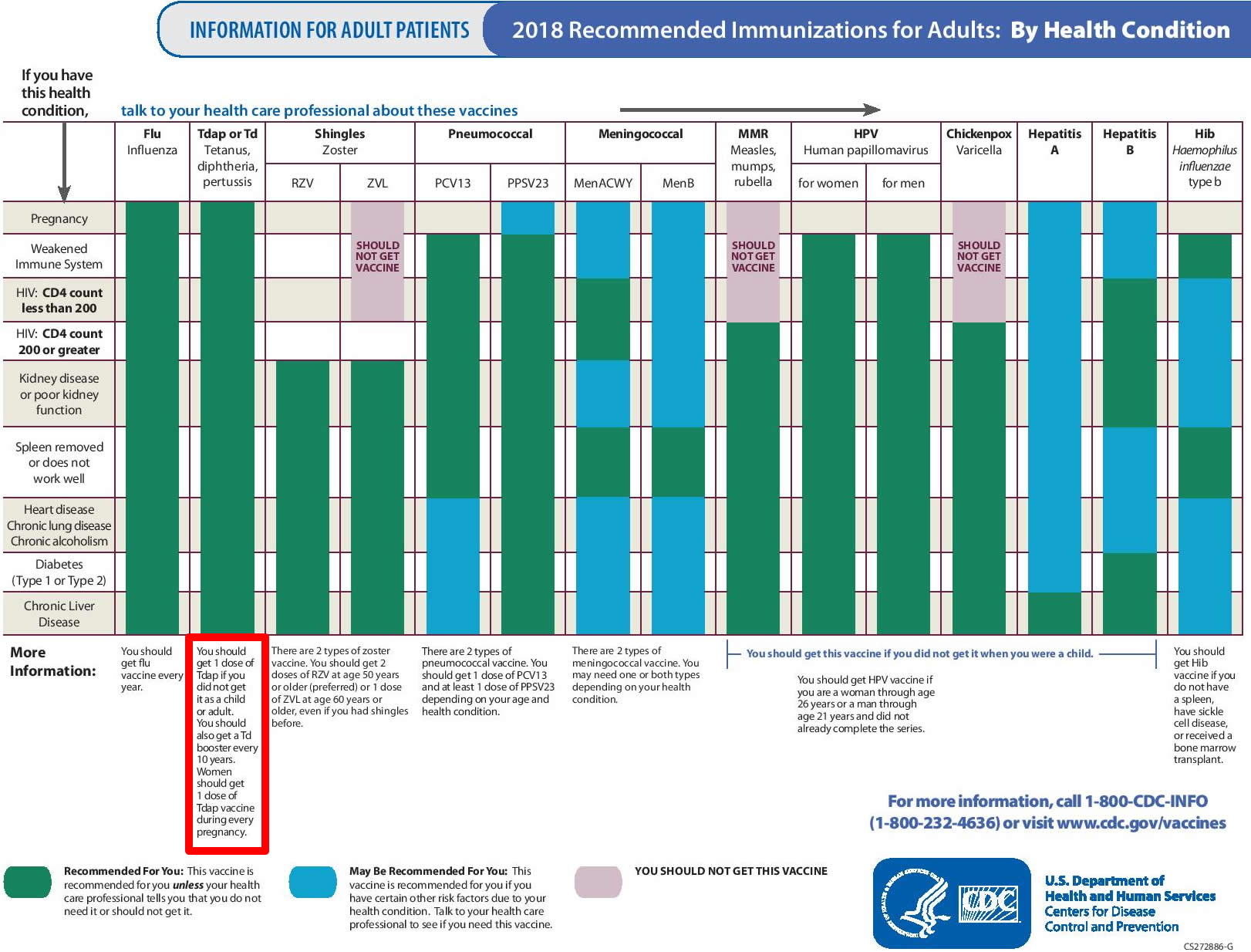Contents
What is diphtheria
Diphtheria is a very contagious and life-threatening infection caused by the bacterium Corynebacterium diphtheriae. Diphtheria can affect the nose, throat and tonsils, and sometimes the skin. Diphtheria causes a thick covering in the back of the throat. It can lead to difficulty breathing, heart failure, paralysis, and even death. Vaccines are recommended for infants, children, teens and adults to prevent diphtheria. Due to diphtheria vaccinations in United States it has virtually disappeared.
Diphtheria once was a major cause of illness and death among children. The United States recorded 206,000 cases of diphtheria in 1921 and 15,520 deaths. Before there was treatment for diphtheria, up to half of the people who got the disease died from it.
Starting in the 1920s, diphtheria rates dropped quickly in the United States and other countries with the widespread use of vaccines. In the past decade, there were less than five cases of diphtheria in the United States reported to Centers for Disease Control and Prevention 1. However, diphtheria infection continues to cause illness globally. In 2014, 7,321 cases of diphtheria were reported to the World Health Organization, but there are likely many more cases.
- Diphtheria is spread when a person breathes in droplets from an infected person’s cough or sneeze.
- Diphtheria can also be spread by direct contact with an infected person’s wounds or any materials they have soiled.
Diphtheria symptoms usually appear 2 to 5 days after infection.
It can give you a sore throat, breathing difficulties, weakness and fever. it can also gives you ulcers on the skin, or make wounds slow to heal.
Diphtheria can also cause nerve paralysis and heart failure.
Diphtheria is treated with antibiotics, and in severe cases with diphtheria antitoxin. Good hygiene stops it spreading.
Figure 1. Pharyngeal diphtheria (pseudomembrane)
Diphtheria causes
What causes diphtheria
Diphtheria is an infection caused by the Corynebacterium diphtheriae bacterium.
Diphtheria is spread (transmitted) from person to person, usually through respiratory droplets, like from coughing or sneezing. Rarely, people can get sick from touching open sores (skin lesions) or clothes that touched open sores of someone sick with diphtheria. A person also can get diphtheria by coming in contact with an object, like a toy, that has the bacteria that cause diphtheria on it.
Diphtheria prevention
- The person with diphtheria is excluded from school until they have recovered and had two negative throat swabs
- Contacts of the person with diphtheria are given antibiotics and may also need to have a booster vaccination with a diphtheria-toxoid containing vaccine
- Contacts who are children are excluded from early childhood education, daycare, school and community activities until throat swabs shown they do not have the disease
- Adults who work with food or children are excluded from their work until throat swabs shown they do not have the disease
The best way to prevent diphtheria is to get vaccinated. In the United States, there are four vaccines used to prevent diphtheria: DTaP, Tdap, DT, and Td. Each of these vaccines prevents diphtheria and tetanus; DTaP and Tdap also help prevent pertussis (whooping cough). DTaP and DT are given to children younger than seven years old, while Tdap and Td are given to older children, teens, and adults.
Babies and Children
The current childhood immunization schedule for diphtheria includes five doses of DTaP for children younger than seven years old.
Figure 2. Diphtheria immunization schedule for babies and children under 2 years
Preteens and Teens
The adolescent immunization schedule recommends that preteens get a booster dose of Tdap at 11 or 12 years old. Teens who did not get Tdap when they were 11 or 12 years old should get a dose the next time they see their doctor.
Figure 3. Diphtheria immunization schedule for preteens and teens
Adults
Adults should get a dose of Td every 10 years according to the adult immunization schedule. For added protection against whooping cough, any adult who never received a dose of Tdap should get one as soon as possible. The dose of Tdap takes the place of one of the Td shots.
Figure 4. Diphtheria immunization schedule for adults
Diphtheria vaccine
Vaccines are available that can help prevent diphtheria, an infection caused by Corynebacterium diphtheriae bacteria. There are four kinds of vaccines used today to protect against diphtheria, all of which are combined with vaccines for other diseases:
- Diphtheria and tetanus (DT) vaccines. DT (generic) provide protection against diphtheria and tetanus.
- Diphtheria, tetanus, and pertussis (DTaP) vaccines. DTaP (Daptacel®, Infanrix®, Kinrix®, Pediarix®, Pentacel®, and Quadracel®) provides protection against diphtheria, tetanus, and whooping cough.
- Tetanus and diphtheria (Td) vaccines. Td (Tenivac® and generic) provide protection against diphtheria and tetanus.
- Tetanus, diphtheria, and pertussis (Tdap) vaccines. Tdap (Adacel®and Boostrix®) provides protection against tetanus, diphtheria, and whooping cough.
Upper-case letters in these abbreviations denote full-strength doses of diphtheria (D) and tetanus (T) toxoids and whooping cough (P) vaccine. Lower-case “d” and “p” denote reduced doses of diphtheria and whooping cough used in the adolescent/adult-formulations. The “a” in DTaP and Tdap stands for “acellular,” meaning that the whooping cough component contains only parts of the bacteria instead of the whole cell.
Diphtheria vaccination is recommended for all babies, children, teens, and adults. DTaP and DT are given to children younger than 7 years old, while Tdap and Td are given to older children and adults.
Talk with your or your child’s healthcare professional if you have questions about diphtheria vaccines.
How Well Do These Vaccines Work?
Vaccines that help protect against diphtheria, tetanus, and whooping cough (DT, DTaP, Td, and Tdap) differ in how well they work against each disease.
The diphtheria and tetanus toxoid components of these vaccines are estimated to work well for people who receive the primary series (which is three doses for people 7 years old or older and four doses for children younger than 7):
- Nearly everyone (95 out of 100) is protected against diphtheria for approximately 10 years.
- Nearly everyone is protected against tetanus for approximately 10 years.
In studies showing how well the whooping cough component of DTaP works:
- Nearly all children (98 out of 100) who get all five doses of DTaP on schedule are fully protected against whooping cough within the year following the last dose.
- About 7 out of every 10 of children who get all five doses of DTaP on schedule are fully protected against whooping cough five years after getting the last dose of DTaP.
In studies showing how well the whooping cough component of Tdap works:
- About 7 out of every 10 people are fully protected against whooping cough in the first year after getting it.
- About 3 or 4 out of every 10 people are fully protected against whooping cough four years after getting it.
Who Should Get Diphtheria, Tetanus, and Whooping Cough Vaccines?
CDC recommends diphtheria, tetanus, and whooping cough (pertussis) vaccination for everyone. Vaccines used today against diphtheria and tetanus (i.e., DT and Td) sometimes also include protection against whooping cough (i.e., DTaP and Tdap). Two of these (DTaP and DT) are given to children younger than 7 years old, while two (Tdap and Td) are given to older children and adults.
Talk to your or your child’s healthcare professional about what is best for your specific situation.
Babies and Children
The CDC recommends that children need 5 diphtheria, tetanus, and whooping cough (DTaP) shots. A DTaP shot is a combination vaccine that protects against 3 diseases—diphtheria, tetanus, and pertussis. The first 3 shots are given at 2, 4, and 6 months of age. Between 15 and 18 months of age, the fourth shot is given, and a fifth shot when a child enters school at 4 to 6 years of age (booster shots to maintain that protection through early childhood).
DTaP doses are recommended at the following ages:
- 2 months
- 4 months
- 6 months
- 15 through 18 months
- 4 through 6 years
For children who should not get vaccines that contain protection against whooping cough (for example due to having a very bad reaction to DTaP), DT can be given instead of DTaP.
Preteens and Teens
Preteens should get one dose of the tetanus, diphtheria, and whooping cough (Tdap) vaccine to boost their immunity between the ages of 11 and 12 years. Teens who didn’t get Tdap as a preteen should get one dose the next time they visit their healthcare professional.
Pregnant Women
If you are pregnant, you should get a Tdap vaccine during the 3rd trimester of every pregnancy to help protect your baby from whooping cough in the first few months of life.
Adults
Adults should get one dose of the tetanus and diphtheria (Td) vaccine every 10 years. For adults who did not get Tdap as a preteen or teen, they should get one dose of Tdap in place of a Td dose to boost protection against whooping cough. However, adults who need protection against whooping cough can get Tdap at any time, regardless of when they last got Td.
Possible Side Effects of Diphtheria, Tetanus, and Whooping Cough Vaccines
Most people who get a vaccine that helps protect against diphtheria, tetanus, and whooping cough (DT, DTaP, Td, and Tdap) do not have any serious problems with it. With any medicine, including vaccines, there is a chance of side effects. These are usually mild and go away on their own within a few days, but serious reactions are also possible.
Mild Problems
DT (Diphtheria and Tetanus) Vaccine
Mild problems following DT vaccination can include:
- Reactions where the shot was given
- Redness
- Swelling
- Soreness or tenderness
- Fever
- Loss of appetite
- Vomiting
DTaP (Diphtheria, Tetanus, and Whooping Cough) Vaccine
Mild problems following DTaP vaccination can include:
- Reactions where the shot was given
- Redness
- Swelling
- Soreness or tenderness
- Fever
- Fussiness (irritability)
- Feeling tired
- Loss of appetite
- Vomiting
Reactions where the shot was given and fever occur more often after the 4th and 5th doses of the DTaP series than after earlier doses. Sometimes the entire arm or leg that the shot was given in swells after the 4th or 5th dose. If this happens, the swelling lasts between 1 and 7 days.
Td (Tetanus and Diphtheria) Vaccine
Mild problems following Td vaccination can include:
- Reactions where the shot was given
- Pain
- Redness
- Swelling
- Fever
- Headache
- Feeling tired
Tdap (Tetanus, Diphtheria, and Whooping Cough) Vaccine
Mild problems following Tdap vaccination can include:
- Reactions where the shot was given
- Pain
- Redness
- Swelling
- Fever
- Headache
- Feeling tired
- Nausea, vomiting, diarrhea, or stomach ache
- Chills
- Body aches or sore joints
- Rash, swollen glands
Problems that Could Happen after Getting Any Injected Vaccine
- People sometimes faint after a medical procedure, including vaccination. Sitting or lying down for about 15 minutes can help prevent fainting, and injuries caused by a fall. Tell the healthcare professional if you or your child is feeling dizzy, has vision changes, or has ringing in the ears.
- Some people get severe pain in the shoulder and have difficulty moving the arm where a shot was given. This happens very rarely.
- Any medicine can cause a severe allergic reaction. Such reactions from a vaccine are very rare, estimated at about 1 in a million doses, and would happen within a few minutes to a few hours after the vaccination.
- As with any medicine, there is a very remote chance of a vaccine causing a serious injury or death.
For more information on possible side effects from vaccination, visit CDC’s Possible Side-effects from Vaccines webpage (https://www.cdc.gov/vaccines/vac-gen/side-effects.htm).
Who Should Not Get These Vaccines?
Because of age or health conditions, some people should not get certain vaccines or should wait before getting them. Read the guidelines below and ask your or your child’s healthcare professional for more information.
DT
Tell the person who is giving your child DT if:
Your child has had a life-threatening allergic reaction or has a severe allergy.
- Any child who had a life-threatening allergic reaction after a dose of DT should not get another dose.
- Any child with a severe allergy to any component of DT should not get this vaccine. Your child’s healthcare professional can tell you about the vaccine’s ingredients.
Your child has been diagnosed with specific illnesses or conditions.
- Talk with your child’s healthcare professional if your child:
- Has seizures or another nervous system problem.
- Had severe pain or swelling after any vaccine containing tetanus or diphtheria.
- Ever had a condition called Guillian-Barré Syndrome (GBS).
Your child is not feeling well.
If your child has a mild illness, such as a cold, they can probably get the vaccine. If your child is moderately or severely ill, they should probably wait until they recover. Your child’s healthcare professional can advise you.
Your child is 7 years or older.
DT should not be given to anyone 7 years or older. Talk to your child’s healthcare professional about how your child can catch-up on their immunization schedule.
DTaP
Tell the person who is giving your child DTaP if:
Your child has had a life-threatening allergic reaction.
Any child who had a life-threatening allergic reaction after a dose of DTaP should not get another dose.
Your child has been diagnosed with specific illnesses or conditions.
- Any child who suffered a brain or nervous system disease within 7 days after a dose of DTaP not attributable to another cause should not get another dose.
- Talk with the healthcare professional if you or your child:
- Had severe pain or swelling after any vaccine containing tetanus or diphtheria.
- Ever had a condition called Guillian-Barré Syndrome (GBS).
- Some of the following children should not get another dose of DTaP vaccine, but may get a vaccine (called DT) that does not include protection against
- Whooping cough. Talk with your child’s healthcare professional if your child:
- Had a seizure or collapsed after a dose of DTaP.
- Cried non-stop for three hours or more after a dose of DTaP.
- Had a fever over 105°F after a dose of DTaP.
Your child is not feeling well.
If your child has a mild illness, such as a cold, they can probably get the vaccine. If your child is moderately or severely ill, they should probably wait until they recover. Your child’s healthcare professional can advise you.
Your child is 7 years or older.
DTaP should not be given to anyone 7 years or older. Talk to your child’s healthcare professional about how your child can catch-up on their immunization schedule.
Td
Tell the person who is giving you or your child Td if:
You or your child have had a life-threatening allergic reaction or have a severe allergy.
- Anyone who has had a life-threatening allergic reaction to a dose of this vaccine or to any tetanus- or diphtheria toxoid-containing vaccine should not get this vaccine.
- Anyone with a severe allergy to any component of Td should not get this vaccine. Your or your child’s healthcare professional can tell you about the vaccine’s ingredients.
You or your child have had a previous reaction to similar vaccines or have been diagnosed with specific illnesses or conditions.
- Talk with the healthcare professional if you or your child:
- Had severe pain or swelling after any vaccine containing tetanus or diphtheria.
- Ever had a condition called Guillian-Barré Syndrome (GBS).
You or your child are not feeling well.
People who have a mild illness, such as a cold, can probably get the vaccine. People who are moderately or severely ill should probably wait until they recover. Your or your child’s healthcare professional can advise you.
Your child is younger than 7 years old.
Td should not be given to anyone younger than 7 years old.
Tdap
Tell the person who is giving you or your child Tdap if:
You or your child have had a life-threatening allergic reaction or have a severe allergy.
- Anyone who has had a life-threatening allergic reaction to a dose of this vaccine or to any diphtheria toxoid-, tetanus toxoid-, or whooping cough-containing vaccine should not get this vaccine.
- Anyone with a severe allergy to any component of Tdap should not get this vaccine. Your or your child’s healthcare professional can tell you about the vaccine’s ingredients.
You or your child have had a previous reaction to similar vaccines.
- Anyone who had coma or long repeated seizures within seven days after a childhood dose of DTP or DTaP, or a previous dose of Tdap, should not get Tdap, unless a cause other than the vaccine was found. They can still get Td.
- Talk with your or your child’s healthcare professional if you:
- Have seizures or another nervous system problem.
- Had severe pain or swelling after any vaccine containing tetanus, diphtheria, or whooping cough.
- Ever had a condition called Guillian-Barré Syndrome (GBS).
You or your child are not feeling well.
People who have a mild illness, such as a cold, can probably get the vaccine. People who are moderately or severely ill should probably wait until they recover. Your or your child’s healthcare professional can advise you.
Your child is younger than 7 years old.
Tdap should not be given to anyone younger than 7 years old.
Diphtheria symptoms
The following are the most common symptoms of diphtheria. However, each individual may experience symptoms differently.
Symptoms of diphtheria may include:
Respiratory diphtheria
When a person is infected with diphtheria, the bacterium usually multiplies in the throat. A membrane may form over the throat and tonsils, causing a sore throat.
The poison destroys healthy tissues in the respiratory system. Within two to three days, the dead tissue forms a thick, gray coating that can build up in the throat or nose. This thick gray coating is called a “pseudomembrane.” It can cover tissues in the nose, tonsils, voice box, and throat, making it very hard to breathe and swallow.
When the bacteria that cause diphtheria get into and attach to the lining of the respiratory system, which includes parts of the body that help you breathe, they produce a poison (toxin) that can cause respiratory version of diphtheria:
Respiratory diphtheria symptoms may include:
- Breathing difficulty due to the presence of the membrane
- Husky voice
- Enlarged lymph glands
- Increased heart rate
- Stridor (a shrill breathing sound heard on inspiration)
- Nasal drainage
- Swelling of the palate (roof of the mouth)
- Sore throat
- Low-grade fever
- Malaise
People may die from asphyxiation when the membrane obstructs breathing. Other complications of respiratory diphtheria are caused by the diphtheria toxin released in the blood. This leads to heart or kidney failure and nerve problems.
Skin (cutaneous) diphtheria
With this type of diphtheria, the symptoms are usually milder and may include yellow spots or sores (similar to impetigo) on the skin.
The symptoms of diphtheria may resemble other medical conditions. Always talk with your healthcare provider for a diagnosis.
Diphtheria complications
Complications from diphtheria may include:
- Blocking of the airway
- Damage to the heart muscle (myocarditis)
- Nerve damage (polyneuropathy)
- Loss of the ability to move (paralysis)
- Lung infection (respiratory failure or pneumonia)
For some people, diphtheria can lead to death. Even with treatment, about 1 out of 10 diphtheria patients die. Without treatment, as many as 1 out of 2 patients can die from the disease.
Diphtheria diagnosis
Doctors may suspect diphtheria in a sick child who has a sore throat with a gray membrane covering the tonsils and throat. Growth of Corynebacterium diphtheriae in a laboratory culture of material from the throat membrane pins down the diagnosis. Your doctor should notify the laboratory that diphtheria is suspected, because special media are needed for the growth of Corynebacterium diphtheriae cultures.
Doctors can also take a sample of tissue from an infected wound and have it tested in a laboratory to check for the type of diphtheria that affects the skin (cutaneous diphtheria).
If a doctor suspects diphtheria, treatment begins immediately, even before the results of bacterial tests are available.
Diphtheria treatment
It is important to start treatment right away if a doctor suspects diphtheria and not to wait for laboratory confirmation. In the United States, before there was treatment for diphtheria, up to half of the people who got the disease died from it.
Today doctors treat diphtheria immediately and aggressively with these medications:
- Using diphtheria antitoxin to stop the poison (toxin) produced by the bacteria from damaging the body. If doctors suspect diphtheria, the infected child or adult receives an antitoxin. The antitoxin, injected into a vein or muscle, neutralizes the diphtheria toxin already circulating in the body. Before giving an antitoxin, doctors may perform skin allergy tests to make sure that the infected person doesn’t have an allergy to the antitoxin. People who are allergic must first be desensitized to the antitoxin. Doctors accomplish this by initially giving small doses of the antitoxin and then gradually increasing the dosage.
- Using antibiotics to kill and get rid of the bacteria. Diphtheria is also treated with antibiotics, such as penicillin or erythromycin. Antibiotics help kill bacteria in the body, clearing up infections. Antibiotics reduce to just a few days the length of time that a person with diphtheria is contagious.
Diphtheria patients are usually kept in isolation in the hospital for treatment, until they are no longer contagious — this usually takes about 48 hours after starting antibiotics. People with diphtheria may be isolated in an intensive care unit because diphtheria can spread easily to anyone not immunized against the disease. After the patient finishes taking the antibiotic, the doctor will run tests to make sure the bacteria are not in the patient’s body anymore.
Doctors may remove some of the thick, gray covering in the throat if the covering is obstructing breathing.
- A tracheostomy (a breathing tube surgically inserted in the windpipe) may be necessary if your child has severe breathing difficulties.
Preventive treatments
If you’ve been exposed to a person infected with diphtheria, see a doctor for testing and possible treatment. Your doctor may give you a prescription for antibiotics to help prevent you from developing the disease. You may also need a booster dose of the diphtheria vaccine.
Doctors treat people who are found to be carriers of diphtheria with antibiotics to clear their systems of the bacteria, as well.
- Diphtheria. https://www.cdc.gov/diphtheria/about/index.html[↩]










